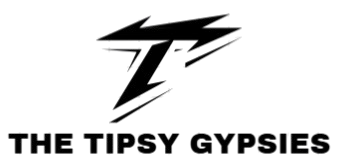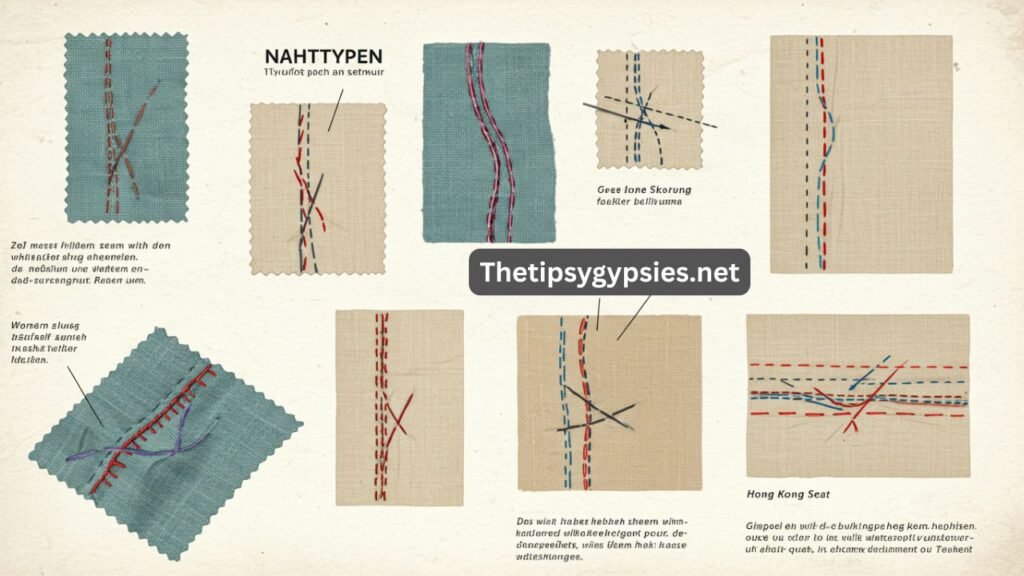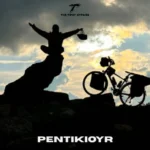When it comes to sewing, stitching is more than just a technique—it’s a structural foundation. The German term Nahttypen refers to the various types of seams used in textile production, both in home sewing and industrial applications. Each seam type serves a unique purpose, influencing the strength, flexibility, appearance, and overall functionality of the final product.
What Does Nahttypen Mean?
Nahttypen simply translates to “types of seams.” Seams are created by joining two or more pieces of fabric with stitches. However, not all seams are created equal. The way they are sewn, their construction method, and their positioning in a garment or textile product define how well they will perform.
From delicate French seams used in bridal wear to durable flat-felled seams seen in denim jeans, there are multiple Nahttypen you can choose from depending on your design goals.
Why Are Nahttypen Important in Sewing?
The selection of the appropriate Nahttypen is vital for several reasons:
Functionality: Different seams offer varying levels of strength, flexibility, and durability.
Aesthetics: Seam types can impact the overall look of a garment.
Fabric Compatibility: Lightweight fabrics require different seams compared to heavy-duty textiles.
Longevity: Correct seams extend the lifespan of a product.
Whether you’re a beginner learning the basics or a fashion designer working on high-end apparel, understanding Nahttypen helps you deliver better, more professional results.
Common Types of Nahttypen and Their Uses
Let’s look at some of the most popular and practical Nahttypen in modern sewing:
1. Plain Seam (Standardnaht)
Description: The most common seam where two fabrics are sewn with their right sides together.
Usage: Everyday clothing like shirts, skirts, and dresses.
Advantages: Simple and quick; perfect for beginners.
Disadvantages: Not the strongest; raw edges may fray unless finished.
2. French Seam (Französische Naht)
Description: The fabric is first stitched with wrong sides together, then flipped and stitched again.
Usage: Ideal for lightweight or sheer fabrics like chiffon or organza.
Advantages: Neatly encloses raw edges; perfect for elegant garments.
Disadvantages: Takes longer and requires careful measurement.
3. Flat-Felled Seam (Kappnaht)
Description: Used to enclose both raw edges by folding and stitching them down.
Usage: Jeans, sportswear, and heavy garments.
Advantages: Extremely durable and resistant to wear.
Disadvantages: Adds bulk; not ideal for thin fabrics.
4. Overlock Seam (Overlocknaht)
Description: Made using a serger that simultaneously trims and finishes fabric edges.
Usage: Knitwear, stretchy garments, and mass-produced clothing.
Advantages: Fast, clean, and professional finish.
Disadvantages: Requires special equipment (serger).
5. Lapped Seam (Überdecknaht)
Description: One piece of fabric is laid over another and stitched through both layers.
Usage: Leatherwork, upholstery, and technical garments.
Advantages: Strong and aesthetically distinct.
Disadvantages: Less flexible, requires precision.
Decorative Nahttypen to Elevate Design
In addition to functional seam types, there are Nahttypen that serve an aesthetic purpose:
6. Topstitched Seam (Ziernaht)
Description: A decorative stitch on the exterior of garments.
Usage: Jeans, outerwear, bags.
Advantages: Adds a stylish finish.
Disadvantages: Mistakes are visible; requires even stitching.
7. Double-Stitched Seam (Doppelnaht)
Description: Two parallel lines of stitching for extra strength and style.
Usage: Heavywear clothing like cargo pants or jackets.
Advantages: Durable and visually attractive.
Disadvantages: Slightly time-consuming.
How to Choose the Right Nahttypen for Your Project
When selecting a seam type, consider these factors:
1. Fabric Type
Thin, slippery, or sheer fabrics need enclosed seams like French seams. Thicker, heavier materials like denim require durable seams such as flat-felled seams.
2. Purpose of the Garment
Is the item casual, formal, or technical? Decorative seams work well for visible areas, while functional seams are best for hidden areas that endure stress.
3. Equipment Availability
Some seams require specific tools. For instance, overlock seams require a serger, while double-stitched seams benefit from a twin-needle machine.
Tips for Working with Nahttypen Efficiently
Always press your seams during sewing for cleaner results.
Test on scrap fabric before applying a seam type to your actual project.
Use matching or contrasting threads to enhance or hide seam visibility.
Trim and grade seam allowances to reduce bulk and improve fit.
Modern Innovations in Nahttypen
As fashion technology evolves, so do Nahttypen. Recent innovations include:
Bonded Seams: Used in activewear and waterproof clothing, bonded seams are glued or heat-sealed instead of stitched.
Laser Seaming: Offers precision in technical fabrics.
Modular Seams: Designed for garments that can be reassembled or reused.
These advanced Nahttypen help reduce material waste, improve comfort, and extend product usability.
Conclusion: Mastering Nahttypen Enhances Sewing Craftsmanship
Understanding and mastering various Nahttypen is not just for advanced sewers—it’s essential knowledge for anyone who works with fabric. Whether your goal is durability, beauty, or a mix of both, choosing the right seam makes a big difference. With practice and experimentation, you’ll gain the confidence to use different Nahttypen effectively and elevate the quality of your sewing projects.






